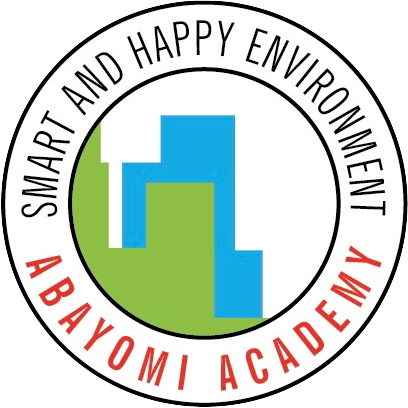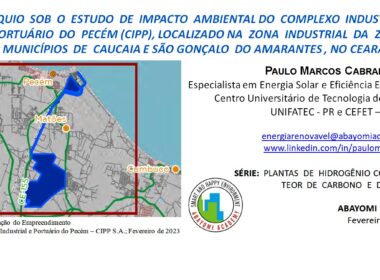Intelligent Communication: Building Bridges of Connection
By Patricia Fraga
In our ongoing journey towards smarter and happier environments, we’ve explored essential aspects so far. From the beginning, we examined how harmony between technology and happiness can transform our spaces, delved into the importance of self-awareness and situational consciousness, and learned to harmonize our physical and digital spaces to promote well-being. Now, we move on to the fifth stage: Intelligent Communication.
According to the Abayomi Methodology, communication encompasses all forms: verbal, non-verbal, visual, written, and contextual, including urban communication. Each type of communication plays a crucial role in the quality of our relationships and the atmosphere of the environments we inhabit. Effective communication is fundamental for building strong connections and fostering a collaborative and happy environment.
Objective: In this stage, we will explore the importance of effective communication at all levels—verbal, non-verbal, and virtual—and learn how to enhance our communication skills to strengthen interpersonal connections and create a more harmonious and productive environment.
Activity:
- Observation and Analysis:
- Identify Types of Communication: Take your “My Journey to Happiness” notebook and observe the various types of communication you use and encounter in your daily relationships—whether with family, friends, colleagues, neighbors, or strangers. Reflect on how each form of communication affects these relationships.
- Cultural and Contextual Differences: Consider how cultural differences, age, lifestyle, and other factors influence communication styles. How do these factors impact your interactions and how do you perceive them? For example, communication styles can vary significantly between cultures or generations. Respect and understanding are crucial for effectively navigating these differences.
- Environmental Communication: Evaluate how communication manifests in different environments. How do you communicate at home with family, with friends, or at work? How do different spaces influence your communication and how do you feel in each situation? Reflect on how your home communicates with you and others. How does a new visitor feel when entering your home? How does your sibling feel when entering your room? How does your coworker feel approaching your desk? Record your observations and feelings.
- Active Listening and Clear Expression:
- Practice Active Listening: Take time to truly listen to others without interrupting. Observe how active listening affects the quality of your interactions and the atmosphere of your relationships.
- Enhance Expression: Reflect on the clarity of your verbal and non-verbal communication. How can you improve the way you express ideas and feelings to be clearer and more empathetic?
- Empathy and Non-Verbal Communication:
- Analyze Non-Verbal Communication: Identify how non-verbal communication, such as facial expressions and body language, impacts your interactions. Note examples of how non-verbal signals affect your relationships and consider ways to use these signals more effectively to convey empathy and understanding.
- Reducing Noise and Improving Communication:
- Identify Noise and Barriers: Reflect on any “noise” or barriers that may be interfering with communication. This may include distractions, misunderstandings, or lack of clarity.
- Suggestions for Improvement: Think about how you can reduce these barriers and enhance the effectiveness of communication. Suggest practical changes that could help create a smoother and more harmonious communication experience, such as establishing a conducive environment for conversations, adjusting your body language, and practicing active listening.
Reflection: After completing these activities, write in your notebook about how these practices of intelligent communication have impacted your interactions and relationships. How do you feel about recognizing and improving the way you communicate? What changes can you implement to promote more effective and harmonious communication in your personal and professional environments?
By mastering intelligent communication, you will build stronger connections and foster a more welcoming and collaborative environment. In the next stage, we will explore how these communication practices can be applied to strengthen cohesion and success in corporate and community settings.
Continue following our journey towards a more mindful and fulfilling life.

Patrícia Fraga, a visionary and dynamic professional, holds a Ph.D. in Architecture, blending her passions for sustainable urbanism, education, and technology. With a multifaceted career spanning engineering, construction, and academia, she’s the Founder and Chief Happiness Officer at Abayomi LLC and Executive Director at Abayomi Academy. Patrícia’s global influence extends through her roles as an international speaker, published author, and advocate for Smart & Happy Environments. Her commitment to cultural inclusivity shapes transformative projects worldwide, emphasizing the integration of technology with environmental responsibility. A mother of five, Patrícia’s journey reflects resilience, innovation, and a dedication to creating positive, sustainable, and joyful living spaces across the globe.
Get to know more about Dr. Fraga: Linked In Instagram





